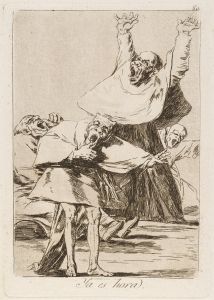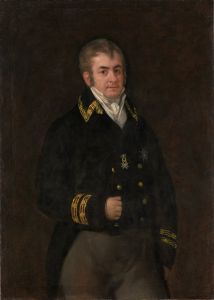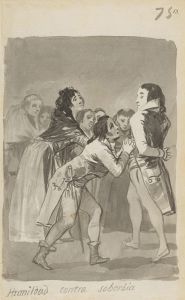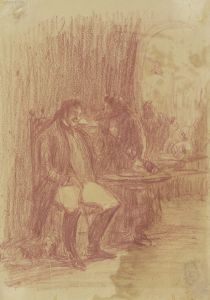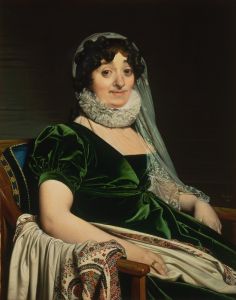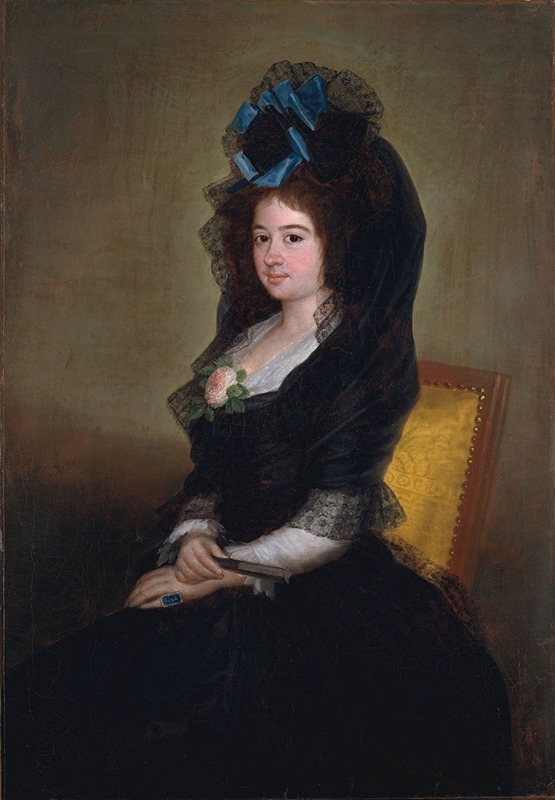
Narcisa Barañana de Goicoechea
A hand-painted replica of Francisco de Goya’s masterpiece Narcisa Barañana de Goicoechea, meticulously crafted by professional artists to capture the true essence of the original. Each piece is created with museum-quality canvas and rare mineral pigments, carefully painted by experienced artists with delicate brushstrokes and rich, layered colors to perfectly recreate the texture of the original artwork. Unlike machine-printed reproductions, this hand-painted version brings the painting to life, infused with the artist’s emotions and skill in every stroke. Whether for personal collection or home decoration, it instantly elevates the artistic atmosphere of any space.
Francisco de Goya, one of Spain's most renowned painters, is known for his profound impact on the art world during the late 18th and early 19th centuries. Among his extensive body of work is the portrait of Narcisa Barañana de Goicoechea. This painting is a testament to Goya's skill in capturing the essence of his subjects with remarkable clarity and depth.
Narcisa Barañana de Goicoechea was a member of the Spanish aristocracy, and her portrait is part of Goya's series of works that depict the Spanish elite. The painting is believed to have been completed during a period when Goya was actively engaged in portraying members of the upper class, showcasing their status and elegance through his art. Goya's portraits from this era are celebrated for their ability to convey not only the physical likeness of the subjects but also their personalities and social standing.
In the portrait of Narcisa Barañana de Goicoechea, Goya employs his characteristic style, which includes a keen attention to detail and a subtle use of color to highlight the subject's features. The background is typically understated, drawing the viewer's focus directly to the subject. Goya's use of light and shadow adds a three-dimensional quality to the painting, enhancing the realism of the depiction.
Goya's portraits often reflect the fashion and cultural norms of the time, and this painting is no exception. The attire of Narcisa Barañana de Goicoechea is indicative of the period's fashion, with intricate details that suggest wealth and sophistication. Goya's ability to render textiles and accessories with such precision is one of the hallmarks of his portrait work.
The portrait is also notable for its psychological depth. Goya was adept at capturing the inner life of his subjects, and this painting is a fine example of his ability to convey a sense of the sitter's character and mood. The expression on Narcisa Barañana de Goicoechea's face, along with her posture and gaze, invites viewers to ponder her thoughts and emotions, a common feature in Goya's portraits that adds to their enduring appeal.
Goya's work during this period was not only a reflection of individual subjects but also a commentary on the society in which they lived. His portraits often subtly critique the social and political environment of Spain, though this aspect is more pronounced in some works than others. In the case of Narcisa Barañana de Goicoechea, the focus remains primarily on the individual, showcasing Goya's respect and admiration for his subject.
The painting of Narcisa Barañana de Goicoechea is housed in a collection that preserves Goya's legacy as a master portraitist. His ability to blend technical skill with insightful observation makes his portraits timeless pieces of art that continue to be studied and admired. This particular work is a valuable part of Goya's oeuvre, illustrating his contribution to the development of portrait painting and his influence on subsequent generations of artists.
Overall, the portrait of Narcisa Barañana de Goicoechea exemplifies Francisco de Goya's mastery in capturing the essence of his subjects, making it a significant piece in the history of art.





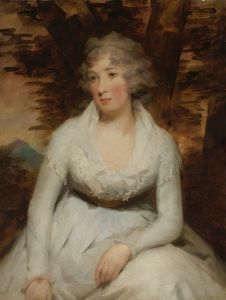
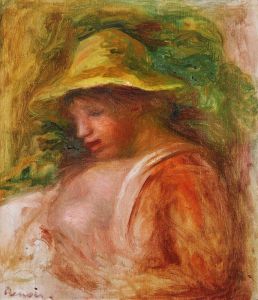
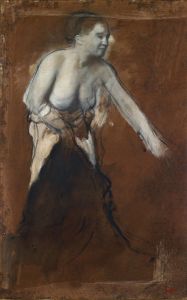



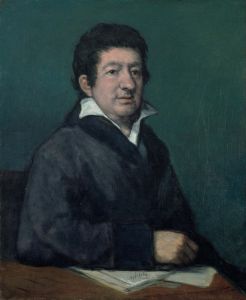
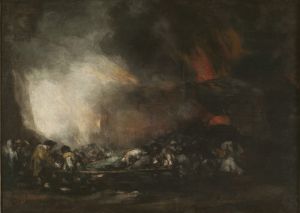
![To Go amongst the Branches, i.e. To Talk through One’s Hat [Ridiculous Folly]](/imgs/264664/s/francisco-de-goya-to-go-amongst-the-branches-ie-to-talk-through-ones-hat-ridiculous-folly-a0d215a6.jpg)
